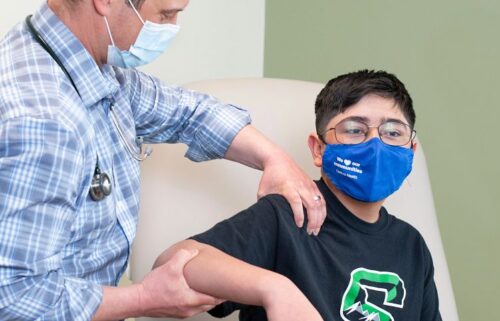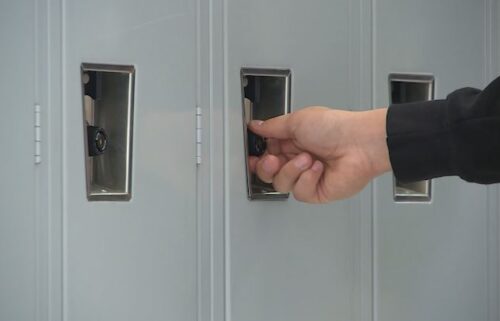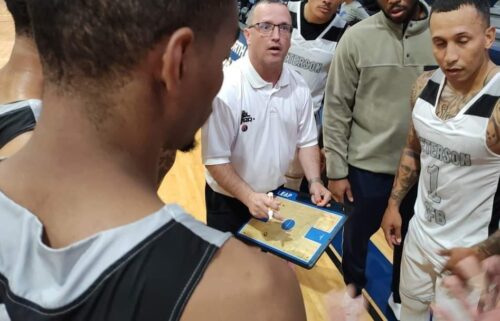Mapping tool aims to ease clean energy, wildlife conflicts
By Chris Hubbuch
Click here for updates on this story
MADISON, Wisconsin (madison.com/Wisconsin State Journal) — As utilities and private developers scramble to replace coal-fired power plants with wind and solar farms, a new tool could help avoid conflicts with wildlife.
By analyzing wildlife habitat and land use data, scientists at The Nature Conservancy found there is enough land in the central United States — including some 1.8 million acres in Wisconsin — to support nearly 10 times the nation’s current wind energy capacity with minimal impact to sensitive habitats.
Nicholas Miller, Wisconsin director of science and strategy for The Nature Conservancy, said the “Site Renewables Right“ tool provides a way for developers and communities to advance the clean energy transition while minimizing harm to habitats and species being threatened by climate change.
“To tackle climate change, we need to transition to renewable energy, and fast,” Miller said. “Like any type of development, solar and wind facilities can harm wildlife and habitat if not sited properly.”
The analysis looked at a 19-state region stretching from Ohio to Montana and as far south as Texas, a windswept area expected to host about three quarters of all new renewable energy resources, according to a 2019 Princeton University study.
But The Nature Conservancy says that area is also home to North America’s largest intact temperate grassland, a vital but largely unprotected habitat for iconic species including bison, eagles, deer and prairie chickens.
Within that area, the tool identifies at least 120,000 square miles — an area larger than Arizona — where renewable energy could be located with minimal impact on wildlife.
Within Wisconsin, the tool identified more than 2,840 square miles where renewable energy resources could be sited to avoid conflicts with wildlife. That could support 30 times the state’s current wind capacity.
The map is primarily focused on wind rather than solar energy, the primary focus of renewable energy development in Wisconsin, which has lower wind speeds and more geographical constraints than neighboring states.
Rather than identifying good areas for solar development the map highlights biologically sensitive areas to avoid. While solar farm proposals have sparked heated debates in communities across the state, Miller said solar siting tends to be more site-specific than wind.
“It’s really hard to anticipate where solar will go at a landscape scale,” he said.
Sarah Mills, a University of Michigan researcher who studies the impact of renewable energy development on rural communities, notes the tool does not map the elements that often drive renewable energy siting: access to the transmission network, land availability, zoning and public acceptance.
But Mills said it will be a useful “science-based tool” for when questions about wildlife come up, even if those questions have more to do with public acceptance than deep-seated concern for wildlife.
Miller said The Nature Conservancy is working to share the map with wind and solar developers, utilities and corporations seeking to build renewable energy projects.
But he stresses the tool is only meant to streamline the process and avoid potential conflicts.
“It’s a starting point for a conversation on where and how siting should occur,” Miller said. “It is not a decision making tool; it is a decision support tool.”
“To tackle climate change, we need to transition to renewable energy, and fast. Like any type of development, solar and wind facilities can harm wildlife and habitat if not sited properly.”
Please note: This content carries a strict local market embargo. If you share the same market as the contributor of this article, you may not use it on any platform.



